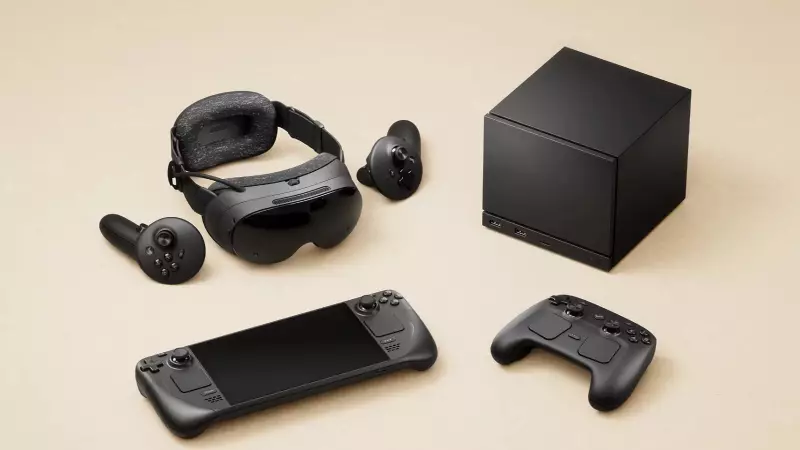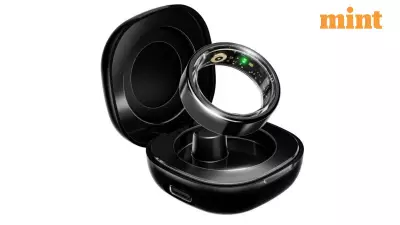
In a major move that could reshape the gaming landscape, Valve Corporation has officially announced the Steam Machine, a powerful cube-shaped gaming console designed to compete directly with industry giants Sony, Nintendo, and Microsoft. The announcement marks Valve's second attempt at conquering the living room gaming space after the original Steam Machine's disappointing performance in 2014.
Steam Machine 2026: Technical Specifications and Features
The new Steam Machine is scheduled to hit markets in early 2026, though Valve has kept pricing details under wraps for now. According to the company's video announcement, the device represents "a powerful gaming PC in a small but mighty package" that's specifically optimized for gaming while retaining full PC functionality.
What sets the Steam Machine apart from traditional consoles is its unique verification system. The console can identify which games from Steam's massive digital storefront will work seamlessly on the machine before users make purchases. This addresses a common pain point for PC gamers who often struggle with compatibility issues.
Under the hood, the Steam Machine runs on SteamOS, an operating system based on Linux that first debuted on the popular Steam Deck handheld device three years ago. The hardware is powered by AMD graphics processors and promises support for 4K resolution at 60 frames per second, putting it on par with current-generation consoles.
Valve's Three-Pronged Hardware Strategy
Valve surprised the gaming community by announcing not just one, but three new hardware products. Alongside the Steam Machine, the company revealed the Steam Frame virtual reality headset and a dedicated Steam Controller.
The Steam Frame headset is described as a "streaming-first" device that operates entirely wirelessly. It functions as a standalone PC running SteamOS and is powered by a Snapdragon processor. Similar to the Steam Machine, games will receive verification ratings to indicate compatibility with the headset.
The new Steam Controller features trackpads on either side, a design familiar to Steam Deck owners. This configuration is particularly effective for games that typically require mouse and keyboard input, such as first-person shooters and real-time strategy titles.
Market Impact and Expert Analysis
Industry experts believe Valve's triple-product approach targets multiple segments of the gaming industry simultaneously. The Steam Machine aims for the living room TV space, the controller enhances hands-on gaming, and the VR headset targets immersive face-based experiences.
Analysts suggest that if Valve prices the Steam Machine competitively, it could become an attractive alternative to established consoles like PlayStation 5, Switch 2, and Xbox Series X/S. However, some experts argue that the Steam Machine might serve as a better alternative to traditional gaming PCs rather than direct competition for dedicated consoles.
Valve, based in Bellevue, Washington, is best known for developing iconic first-person shooters like Half-Life and Counter-Strike. However, the company achieved household name status through Steam, launched in 2003, which has grown into the world's largest PC gaming distribution platform.
The company has hinted that more SteamOS-powered hardware may be in development, suggesting this is just the beginning of Valve's expanded hardware ambitions. With the gaming hardware market currently dominated by Sony, Nintendo, and Microsoft, Valve's re-entry represents the most significant challenge to the established order in years.





